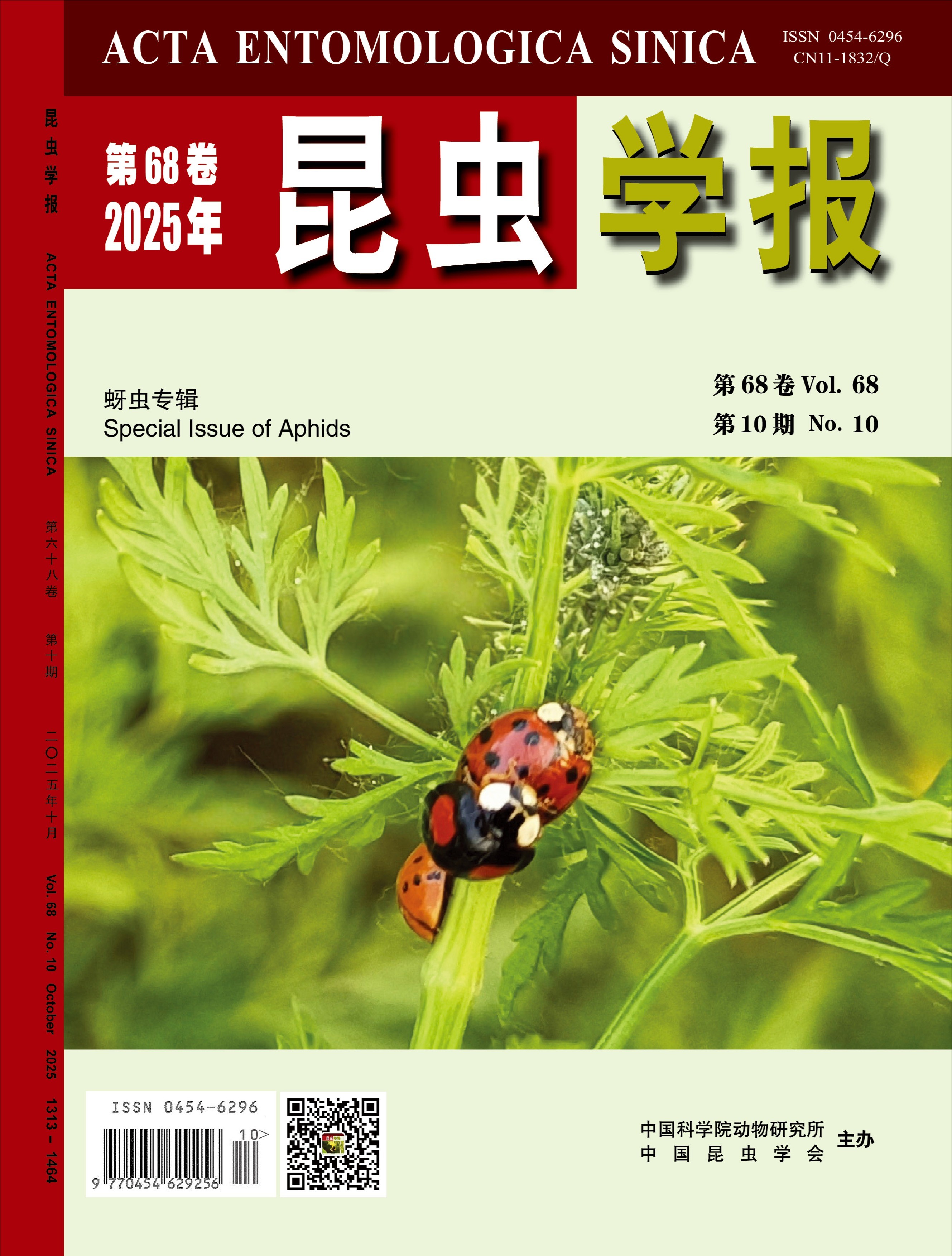News
-
 Acta Entomol. Sinica evaluated as the Highest International Impact Academic Journals of China 2014
Acta Entomol. Sinica evaluated as the Highest International Impact Academic Journals of China 2014
-
 Acta Entomol. Sinica evaluated as the Highest International Impact Academic Journals of China 2013
Acta Entomol. Sinica evaluated as the Highest International Impact Academic Journals of China 2013
-
 Acta Entom. Sin. listed among the Highest International Impact Academic Journals of China (TOP5%)
Acta Entom. Sin. listed among the Highest International Impact Academic Journals of China (TOP5%)
-
 Acta Entomologica Sinica Indexed by the CBM database of SinoMed
Acta Entomologica Sinica Indexed by the CBM database of SinoMed
-
 AES evaluated as Outstanding S&T Journals of China 2008
AES evaluated as Outstanding S&T Journals of China 2008
Journal
Information
-
Monthly, Founded in 1950
Supervisor:Chinese Academy of Sciences
Sponsor:Institute of Zoology,Chinese Academy of Sciences
The Entomological Society of China
Domestic postal code: 2-153
Foreign issuance code: Q61
ISSN 0454-6296
CN 11-1832/Q

Photo shows an adult of Harmonia axyridis (Coleoptera: Coccinellidae) on Cnidium monnieri. In this issue (pp. 1361–1371), the conservation of natural enemy ladybirds and their aphid control effects by planting C. monnieri in a wheat-maize rotation cropping system are reported. The photo was taken by Dr. LIANG Xiao-Yi (Shandong Academy of Agricultural Sciences and Institute of ZoologPhoto shows an adult of Harmonia axyridis (Coleoptera: Coccinellidae) on Cnidium monnieri. In this issue (pp. 1361–1371), the conservation of natural enemy ladybirds and their aphid control effects by planting C. monnieri in a wheat-maize rotation cropping system are reported. The photo was taken by Dr. LIANG Xiao-Yi (Shandong Academy of Agricultural Sciences and Institute of Zoology, Chinese Academy of Sciences) at the Jiyang Experimental Base of Shandong Academy of Agricultural Sciences, Jinan City, Shandong Province on May 15, 2022.
[Detail] ...
Current Issue
20 October 2025, Volume 68 Issue 10






